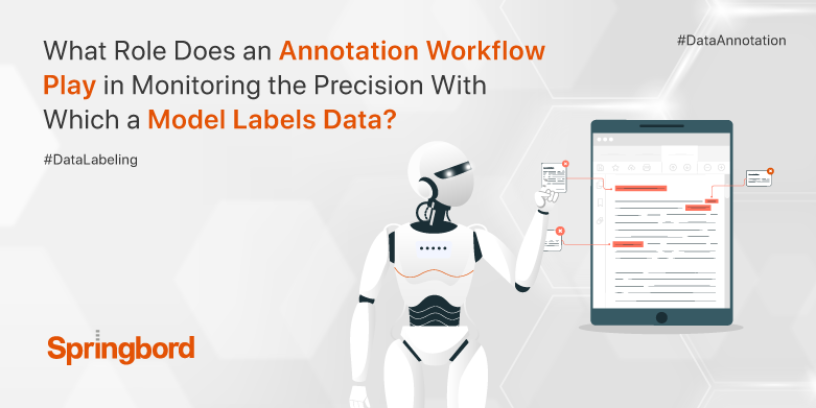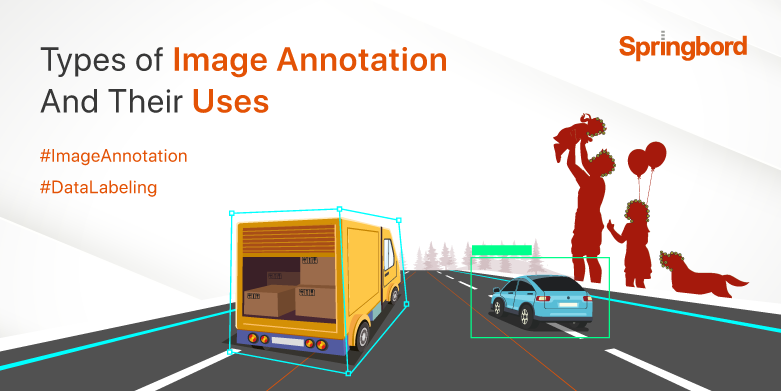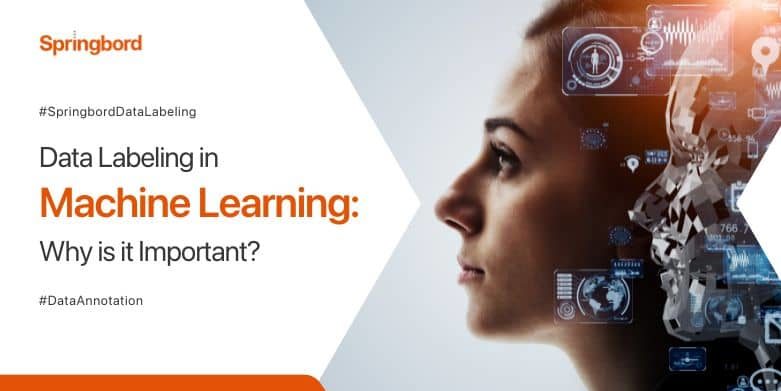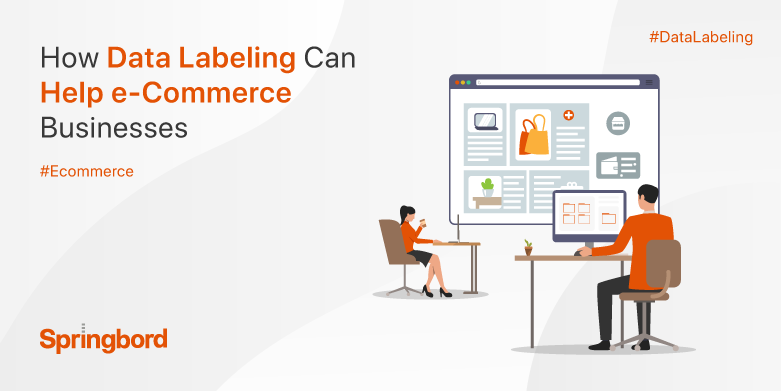 Read time 3 min
Read time 3 minAs part of machine learning, raw data is identified and labeled with meaningful labels based on their context. So the training model can gain insight from it. Media files (such as videos, audio clips, and images) are all good examples of labeled data.
Categories of data labeling
- Automatic labeling
Using this method of labeling, we can construct labeling functions. Training sets consisting of a large number of records are automatically labeled by capturing the reasoning behind labels and applying it to the massive, unlabeled data sets. Human effort is not required for this method. Moreover, whenever there is a shift in needs. All training models also have clear and understandable purposes that can be deduced from their design. Problematic model behaviors can be quickly fixed by removing or adjusting the underlying labeling functions.
- Synthetic labeling
To generate synthetic labels, a generative model is trained and validated on an original dataset to mimic the characteristics of real-world data.
- Outsourcing
In this approach, outside parties are hired to carry out the necessary tasks. Software development and providing network services are two examples of possible duties. To cut costs and save time, many IT businesses now employ this method of data labeling.
- Crowdsourcing
Online platforms are commonly used in crowdsourcing, and they function to divide projects into manageable chunks. The tasks are distributed among a large group of independent contractors all over the world. Specialized knowledge is needed for some jobs, such as those involving translation or transcription. Members of the platform are provided with a variety of resources and tools, such as outlines, tutorials, and code samples, to facilitate their work.
Methods for measuring and reporting the efficacy of an annotation workflow’s accuracy
- Cleaning data
In this process, data is analyzed to remove any false or misleading details. It’s also relevant when fixing wrong data or eliminating unnecessary repetition. Inadequately collected data sets also result in inaccurate data representation, limiting their ability to make informed decisions.
- Finding the Source of the Error
It’s what happens when a model’s predictions don’t match up with the labels obtained from the real world. Possible causes include inaccurate labeling or inaccurate model predictions (where the ground truth is wrong)
- Minimal data sets
The training model is gradually exposed to increasing amounts of data. This can be used as a benchmark when analyzing different types of data. Overloading it with too much information will produce inaccurate results, however. It can also use a preexisting training model to glean a supervisory signal. The resulting compiled data is then used to make predictions about previously unknown information. That way, everything can be built and supervised separately.
- Massive data sets
Information that was once only accessible offline (in hard copies) can now be converted to digital formats at a low cost. One component of this trend is the rise of digital libraries, which house digitized collections of books, journals, and other scholarly works that can be accessed online from any location. In this category, you’ll find maps and other geographical reference resources. Several others exist, such as video and image encoding formats.
Benefits of incorporating annotations into your workflow
- It’s useful for analyzing and spotting patterns in the data used to train models.
- It also facilitates the processing and interpretation of visual data by computers in their respective settings. This is because they lack the inherent capabilities to accomplish this feat independently.
- Projects can be expanded with the help of annotation workflow.
- This facilitates the processing of the most crucial attributes for training models.
- Noting down significant thoughts and concerns.
- Inspiring more in-depth reflection and inquiry.
- Facilitating critical thinking about written material.
- Motivating the audience to draw their conclusions from the text.
- Data that are missing labels or have been improperly tagged can be improved through the use of an annotation workflow.
Conclusion
Companies specializing in data labeling and annotation can tailor their services to meet your specific requirements. Companies like Springbord can meet your data processing needs because they have an in-house team of experts with specialized industry experience.







